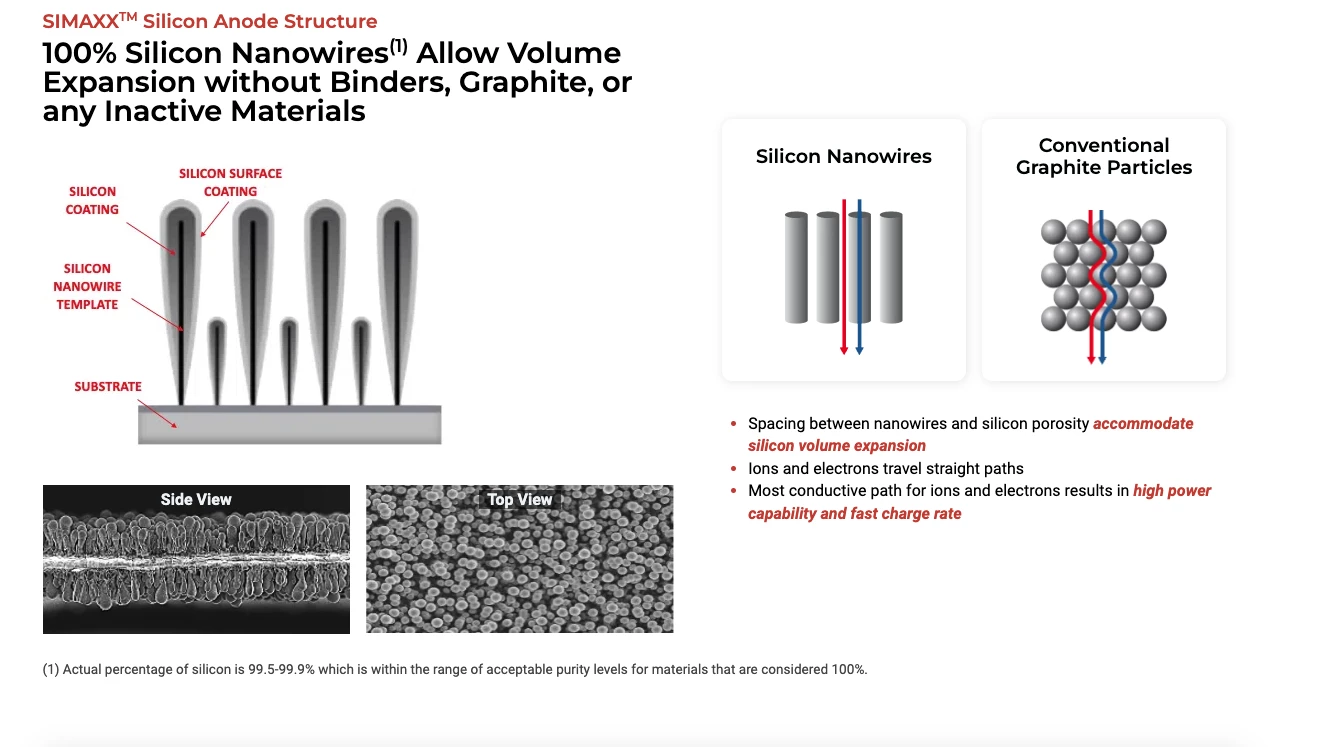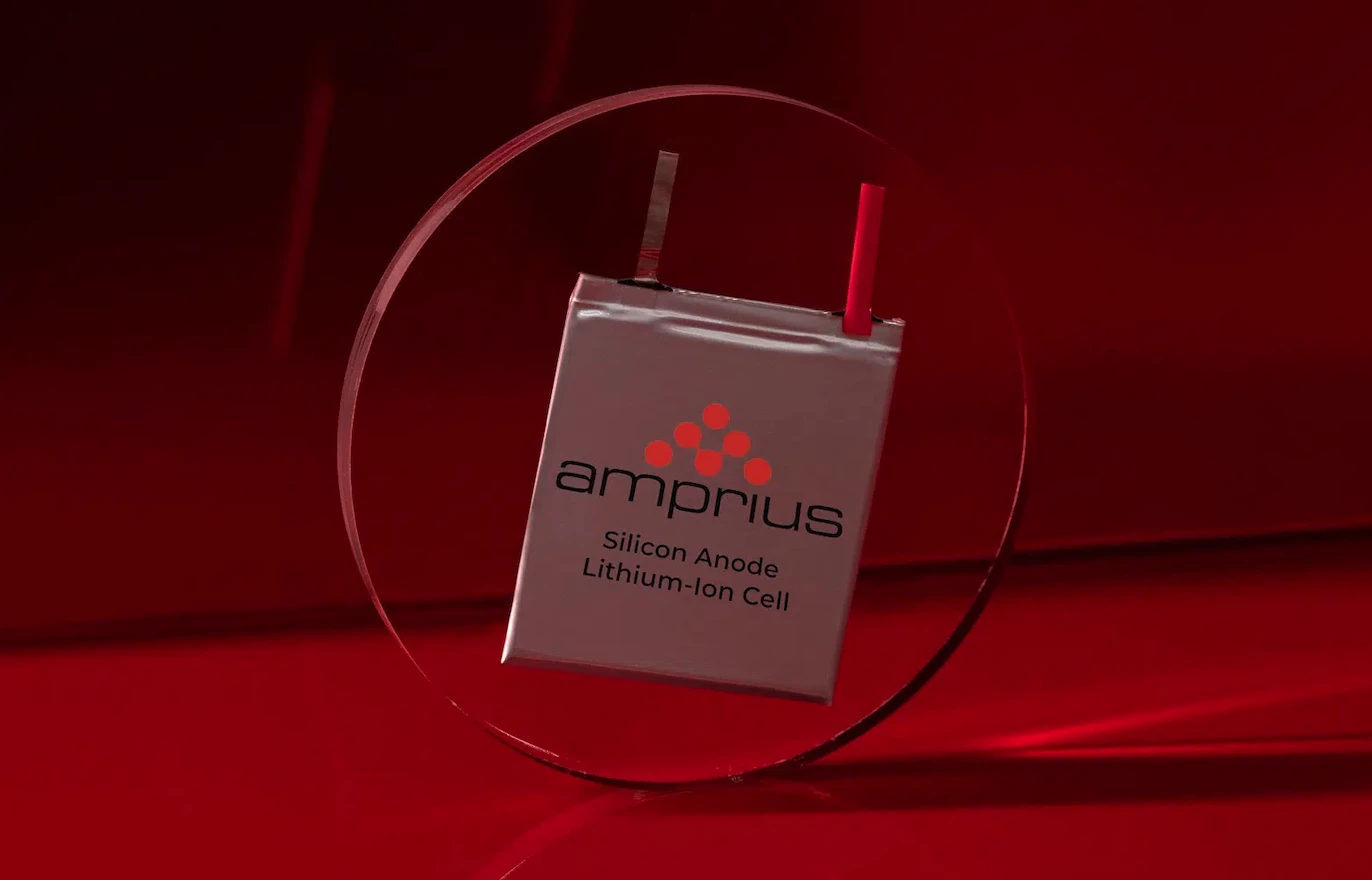The idea is simple enough; soldiers of the future will need to carry maximum energy at minimal weight to feed the host of mission-critical electrical hardware they'll wear, stash and carry by hand through the field. Amprius claims its ultra-dense batteries will double the runtime of existing solutions, enabling soldiers to stay out longer without needing to stop for recharge.
The US Army is working on a next-gen Conformal Wearable Battery (CWB) that will give soldiers an all-in-one power source for their Integrated Visual Augmentation System and other mission-critical communications equipment, sensors, wearable electronics, and probably some hardware only sci-fi writers are thinking about now. The idea is to replace item-specific batteries of different shapes and sizes with a single streamlined power source designed to conform to the body with a thin, flexible construction.
Inventus Power makes the current-gen Conformal Wearable Battery and is one of four defense contractors selected in 2021 to compete for orders. Amprius is among the battery specialists supplying Inventus with energy-dense cells for the project, joining others like Enovix. It announced in January that it had completed the first volume shipment of silicon-anode safe lithium cells for the project, and this week confirmed it will be supplying cells for further development of the CWB pack.
"This battery pack integration marks a significant advancement in enhancing on-the-ground power solutions for the US Army,” Amprius CEO Dr. Kang Sun said in Thursday's announcement. "Our SiMaxx safe cells, known for their high energy density and safety features, will play a crucial role in enhancing mission time and reliability for dismounted soldiers."

SiMaxx is the recently trademarked name for Amprius' original battery cell construction, which trades out the traditional graphite anode for silicon in a nanowire structure. The silicon holds up to 10 times more lithium ions for better energy capacity, while the nanowire configuration better accommodates the volume expansion and contraction involved with the movement of ions to prevent silicon degradation.
SiMaxx cells offer an energy density as high as 500 Wh/kg by weight and 1,300 Wh/kg by volume, as verified by Mobile Power Solutions in 2023. More modest initial estimates of 450 Wh/kg and 1,150 Wh/kg led Amprius to declare them the highest energy density cells available in the battery industry when it began shipment in 2022, and that claim appears to be as valid today as it was then. While we've seen other 500-Wh/kg batteries announced, and some even surpass the 700 Wh/kg mark in a lab setting, the SiMaxx cells remain the highest density cells we've seen that are ready to ship.
That type of superior energy density will allow the SiMaxx cells to double the energy carried compared to existing military battery solutions without an accompanying increase in pack weight or size. That will then empower soldiers to run longer missions without having to stop to charge.
Last year, a 390-Wh/kg iteration of the SiMaxx cells with a gel polymer electrolyte passed the US military's required nail penetration test, a critical step for a battery meant to be worn by soldiers facing potential bullets, shrapnel and other battlefield dangers. The packs will integrate with body armor for wear on the chest, side or back.

The CWB project, which the Army plans to run until May 2030, has also helped Amprius increase manufacturing capacity. Under the US Army-funded Manufacturing Technology (ManTech) program, it completed a manufacturing scale-up ahead of shipping the first CWB-bound cells in January. In April, it separately completed a tooling qualification process that will increase production capacity at its Fremont, California, facility to 2 MWh. A second production facility in Colorado targeted to go online in 2025 will see the company grow production to gigawatt-hour scale.
Beyond high-powered wearables, Amprius' battery tech has drawn interest from the electric aviation, satellite and drone industries and has featured prominently in the Solar Car Challenge, sweeping the top four spots in last year's event. While we haven't heard any specific electric car plans yet, the company does mention the EV sector as a future market, estimating an EPA range boost from 310 miles (500 km) to 547 miles (880 km) from applying its silicon-anode cells to a Tesla Model 3 battery pack.
Source: Amprius Technologies




